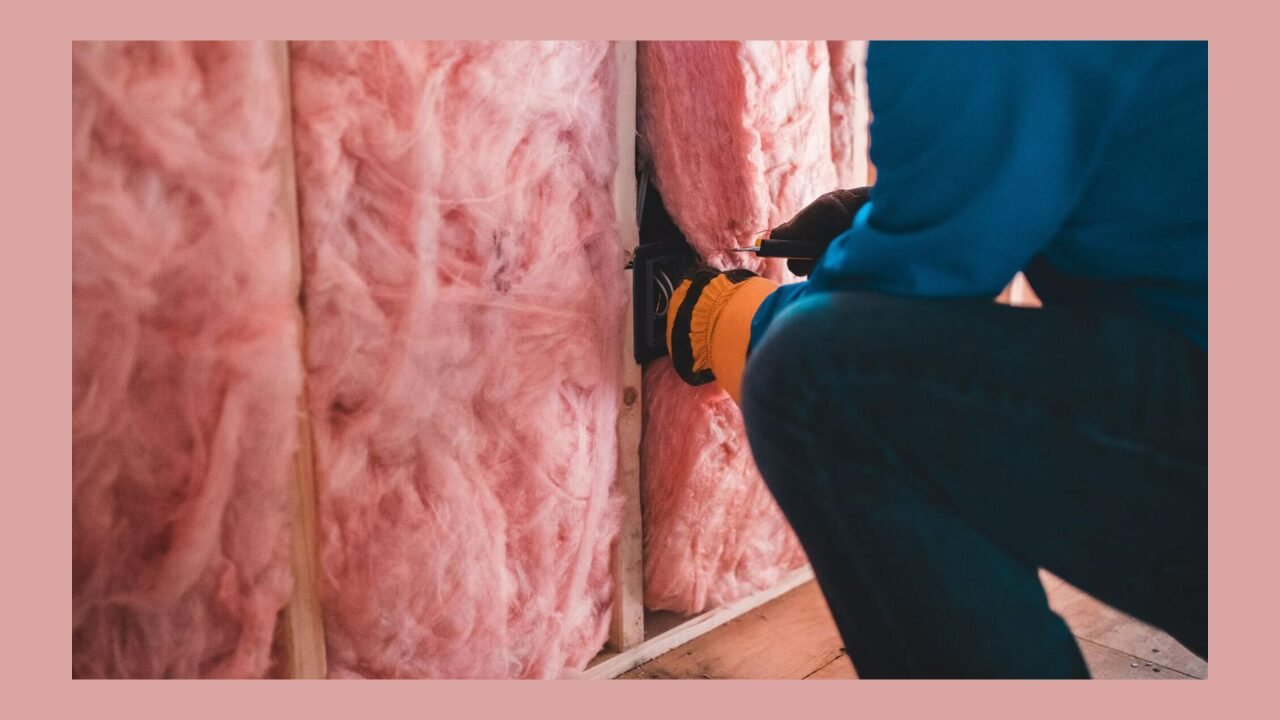Understanding the Different Types of Spray Foam Insulation

Did you know the global spray foam insulation market is projected to reach $4.39 billion by 2032? This growth highlights the increasing demand for energy-efficient insulation solutions.
When it comes to home insulation, many homeowners seek solutions that enhance comfort and reduce energy consumption. Spray foam insulation is a popular choice due to its effectiveness and availability in various types. It helps maintain indoor temperatures at a stable level and reduces energy bills.
Various types of spray foam insulation offer distinct benefits. Understanding these options can help you select the most suitable one for your project. Let’s explore what makes each type effective for specific insulation needs.
Open-Cell Spray Foam Insulation
Open-cell spray foam insulation is a lightweight and flexible material. It contains many small foam cells that are not fully closed. This design enables air to fill the spaces within the foam, resulting in a lightweight and flexible product.
Here are some notable benefits of using open-cell spray foam insulation:
Excellent Sound Absorption
Open-cell spray foam helps reduce noise by absorbing sound waves. It limits sound transfer between rooms, making the home a more peaceful place. This makes it a good choice for improving indoor comfort.
It works well in interior walls and ceilings. The foam expands to fill gaps where sound might pass through. This added layer helps create a quieter living space.
Moisture Permeability
Open-cell spray foam allows moisture to pass through without getting trapped. This helps prevent moisture buildup inside walls. This helps minimize the risk of mold and mildew growth.
Its breathable nature makes it ideal for some regions of the home. It works well in places where ventilation and moisture control are essential. This helps maintain a healthier indoor environment.
Closed-Cell Spray Foam Insulation
Closed-cell spray foam insulation is dense and firm. Its rigid structure adds strength to walls and surfaces. Each foam cell is closed, which helps block air from passing through.
Understanding the basics of spray foam will provide a solid foundation for making informed decisions about insulation. Here are some benefits of using closed-cell spray foam insulation to take note of:
Superior Insulating Power
Closed-cell foam has a high R-value per inch, indicating that it insulates exceptionally well. It forms a solid barrier against heat transfer. This helps keep indoor temperatures steady.
It offers excellent thermal resistance, improving energy efficiency. In winter, heat stays inside, while in summer, heat is kept out. This makes it a wise choice for homes in extreme climates.
Space Efficiency
Closed-cell spray foam has a high insulating value, so less material is needed. It offers effective insulation even in thin layers. This makes it ideal for tight or limited spaces.
It works well where wall or ceiling thickness is a concern. You get excellent performance without bulky insulation. This helps maximize usable space in your home or building.
READ MORE
Sealing Your Decision
Investing in spray foam insulation can provide substantial returns by reducing energy bills, enhancing home comfort, and increasing your home’s resale value.
Understanding the differences between spray foam types helps you make an informed choice. Each type offers unique benefits tailored to different needs. Take time to review the options and choose what works best for your home.
Explore more fascinating topics on our website. Continue exploring our site for more valuable information!
